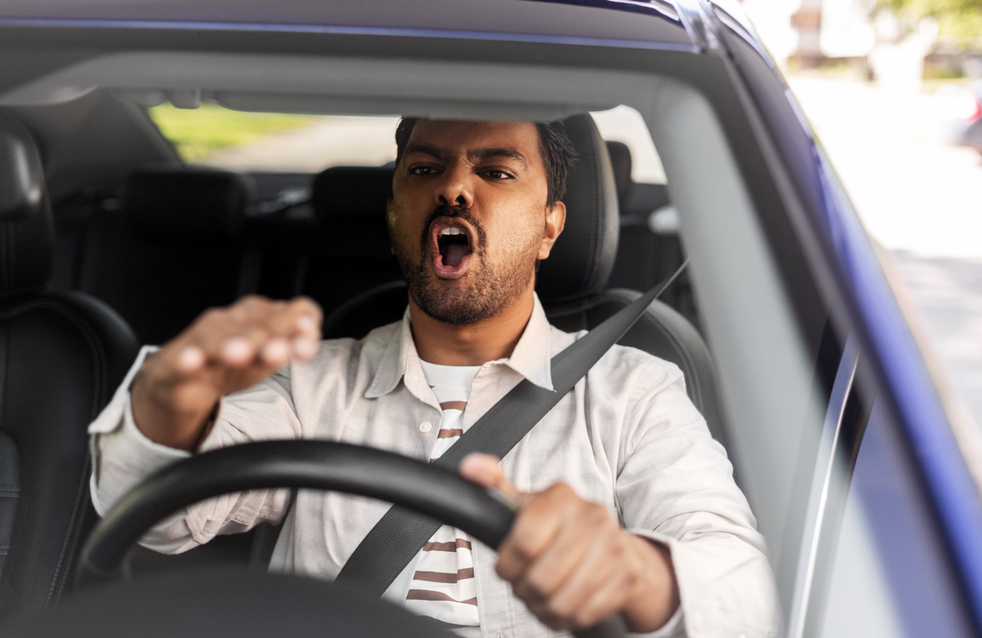
What is the difference between a ‘minor’ traffic offence and a serious traffic offence in New South Wales, Australia? Serious traffic offences have serious consequences, so it’s worth knowing the difference.
Both the Crimes Act NSW 1900 and the Road Transport Act 2013 deal with serious traffic offences in New South Wales. It’s important to remember that while the road laws are similar across all jurisdictions in Australia, there can be minor differences in the explanation of the laws and the penalties.
In New South Wales, major, or ‘serious’ traffic offences include:
- Dangerous driving
- Failure to Stop and Assist
- Furious or reckless driving
- Menacing driving
- Negligent driving causing death or grievous bodily harm
- Predatory driving
- Police pursuits
Offences such as driving without having obtained a license, or while disqualified are also considered major driving offences.
1. Dangerous driving
There are several offences that fall within the category of ‘dangerous driving.’ The most serious of these is dangerous driving causing death.
You can be charged with this offence if you were a driver involved in a crash that caused the death of another person, while you were under the influence of alcohol or drugs, driving at a dangerous speed, or driving in a dangerous manner. Dangerous driving is different from negligent driving.
Dangerous driving causing death carries a maximum penalty of up to 10 years’ in prison.
- Aggravated dangerous driving causing death
This has similar elements to a charge of dangerous driving causing death, but is committed in circumstances of aggravation. Under the law, circumstances of aggravation are defined as, driving while over the legal limit of alcohol, driving at more than 45kmph over the speed limit, being affected by drugs, or being involved in a police pursuit.
The maximum penalty for this offence is 14 years’ imprisonment.
- Dangerous driving causing grievous bodily harm
Dangerous driving causing grievous bodily harm occurs when a driver is involved in a crash, and at fault, in which someone else is seriously harmed, and the driver was under the influence of alcohol or drugs; driving at a dangerous speed, or driving in a dangerous manner.
Under the Crimes Act 1900, grievous bodily harm is defined as permanent and serious disfigurement, and it can include harm done to an unborn child.
The maximum penalty for this offence is 7 years’ imprisonment.
- Aggravated dangerous driving occasioning grievous bodily harm
This offence has the same elements as a charge of dangerous driving causing grievous bodily harm, but is committed in circumstances of aggravation which are defined as: driving while over the legal limit of alcohol, driving at more than 45kmph over the speed limit, being affected by drugs, or being involved in a police pursuit.
This offence carries a maximum penalty of 11 years’ imprisonment.
Driving offences causing death or grievous bodily harm are prosecuted under the Crimes Act 1900, and can be prosecuted under offences such as murder and manslaughter.
To defend these very serious charges in New South Wales, Australia, it is important to seek professional advice from experienced criminal and traffic lawyers Parramatta.
2. Failing to stop and assist
Both the Crimes Act 1900 and the Road Transport Act 2013 state that failure to stop and assist after a car accident, particularly one that caused injury or death is a major offence. The penalties for these offences differ between the Crimes Act 1900 and the Road Transport Act 2013.
3. Furious or reckless driving
Furious driving involves driving in a manner or at a speed which would cause danger to the life of other road users. You may be charged with furious driving regardless of whether anyone was present on the road at the time.
Reckless driving involves driving in a manner that creates an obvious and serious risk of physical injury to other road users. It means that you either gave no thought to the risk to other potential road users, or you did recognise that risk and chose to drive recklessly anyway.

This offence has serious consequences. For a first offence the fine is $2,200, for any subsequent offence the fine is $3,300. You can also face disqualification from driving.
4. Menacing driving
Menacing driving occurs when a driver in charge of a vehicle drives in such a way that it is threatening or could appear to be threatening to another person or property. It does not have to occur on a road.
Penalties are dependent on whether the driver had intent to menace or the behaviour had the possibility of menace. There are a range of penalties depending on the seriousness of the circumstances and whether or not it is a first offence. The maximum penalty is $3,300 and / or 18 months in prison.
5. Negligent driving
The significant difference between negligent driving and dangerous driving is that a person can be considered to be driving negligently if they are using a mobile phone or are suffering from fatigue.
6. Predatory driving
This is an offence that occurs even if there is only the threat of an actual collision between two vehicles or more vehicles. The maximum penalty for this offence is five years’ imprisonment.
7. Police pursuits
If a driver knows or reasonably assumes that a police officer is pursuing their vehicle and does not stop and pull over to the side of the road, the driver can be charged with an offence. The maximum penalty for a police pursuit is three years’ imprisonment for a first time offence and imprisonment for up to five years for any additional offences.
Licence disqualification
Licence disqualifications are dealt with in Part 7.4 Division 1 of the Road Transport Act 2013. For all serious traffic offences in NSW, an automatic disqualification period applies and in some cases the court may have discretion to increase or decrease the period of disqualification.
If a driver drives while disqualified, the penalty is $3,300 and / 6 months imprisonment.